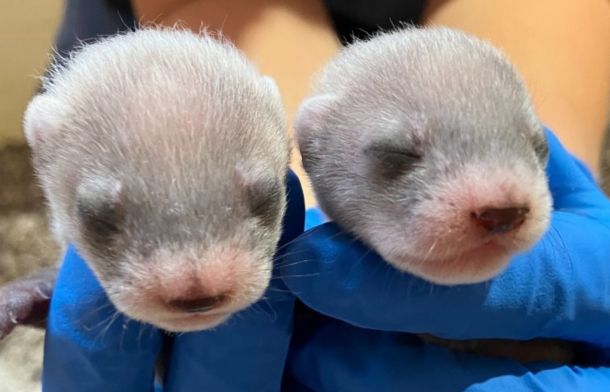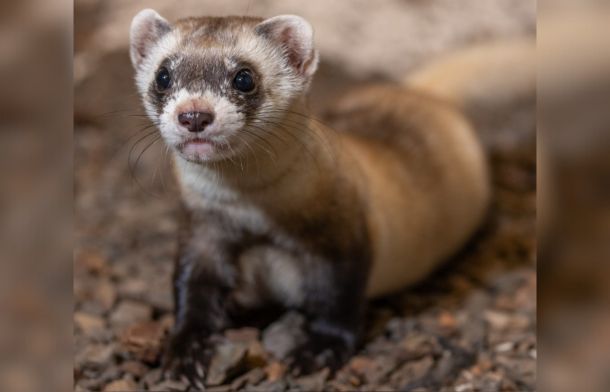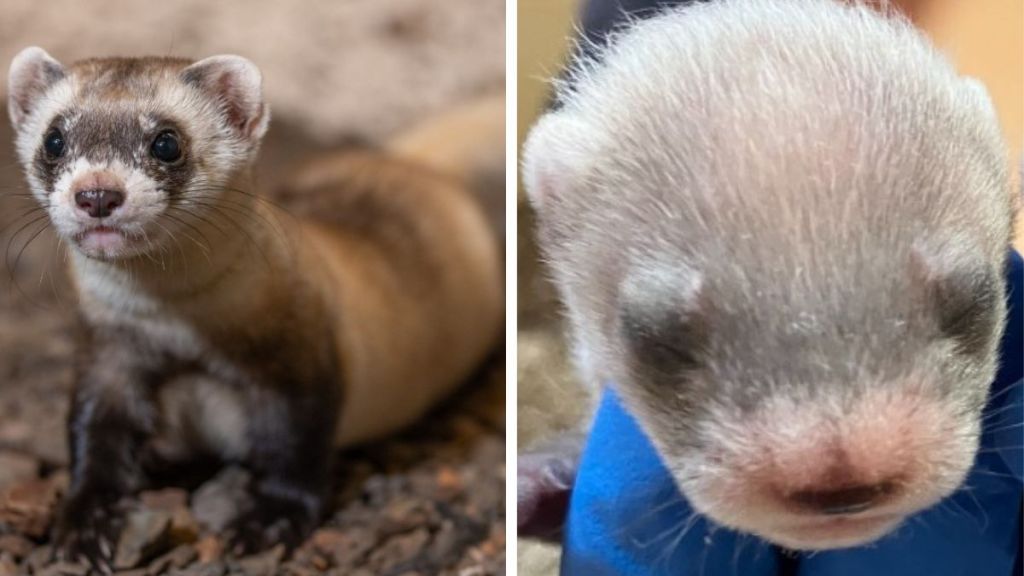Cloning remains a controversial topic in many circles. However, advancements in the cloning process are helping scientists save some species from extinction. Antonia is a cloned black-footed ferret living at the Smithsonian’s National Zoo and Conservation Biology Institute. She just made history as the first cloned animal to give birth. Scientists are rejoicing with the birth of her new twins!
Videos by InspireMore

Antonia is one of three cloned ferrets, with “sisters” Elizabeth Ann and Noreen. The cells of Willa, a ferret frozen in 1988, were integral to the creation of the three sisters. There are only seven wild black-footed ferrets. All other living ferrets are their direct descendants except the three clones. Scientists can reintroduce genetic variations within the population through the cloning process. This creates greater diversity that is important for the species’ survival.
With the birth of her twins, Antonia is paving the way for reintroducing the species into the wild. While that will be in the future, science is hopeful about the twins’ birth. As one of North America’s most endangered mammals, they were once considered extinct. Scientists rediscovered the few remaining animals in 1981 in Wyoming. Scientists are optimistic about the opportunity to rebuild their numbers.

The science of cloning has existed since the 1950s. In 1958, British biologist John Gurdon cloned the first animal, a tadpole. British scientists Ian Wilmut and Keith Campbell created the first cloned mammal in 1996. Dolly (named after Dolly Parton) was the first living sheep clone. Since then, the cloning process has improved, leading to greater success with various animal species. Dolly passed away in 2003 at six, but we will remember her forever.
Please celebrate this first-ever birth to a cloned ferret by sharing.
You can find the source of this story’s featured image here.
Want to be happier in just 5 minutes a day? Sign up for Morning Smile and join over 455,000+ people who start each day with good news.


